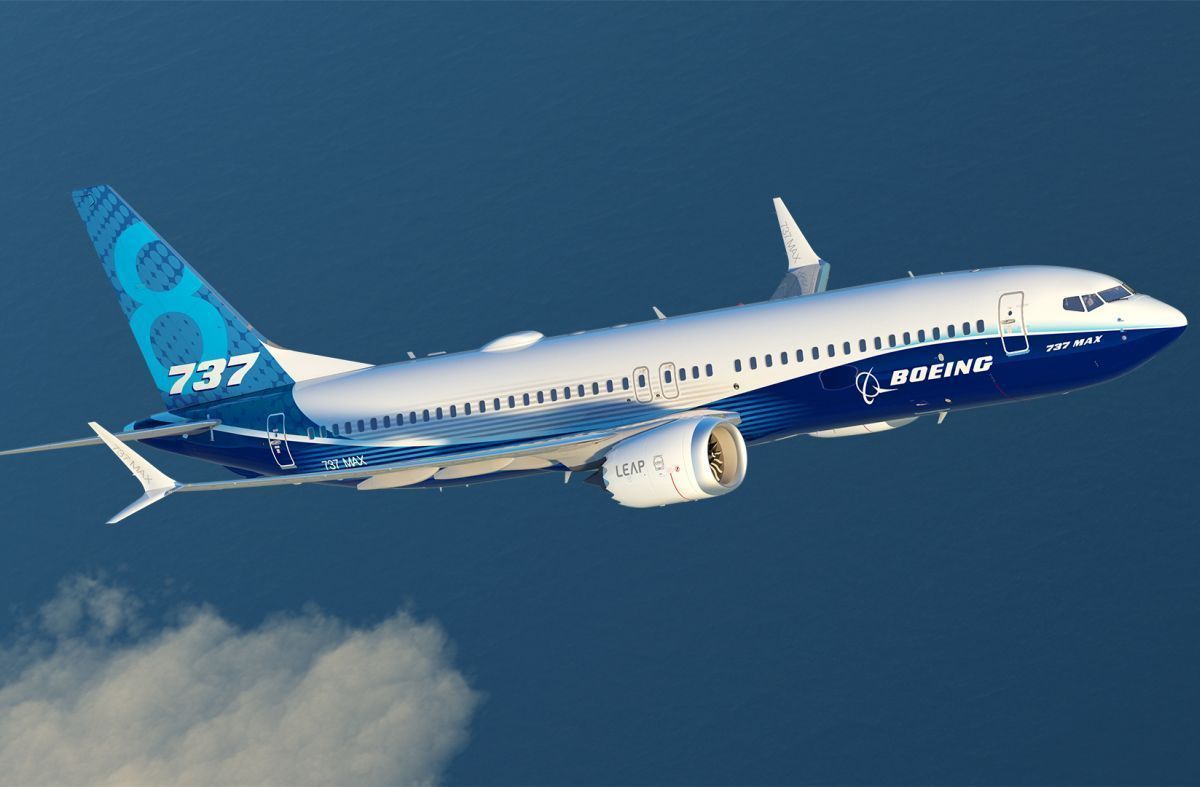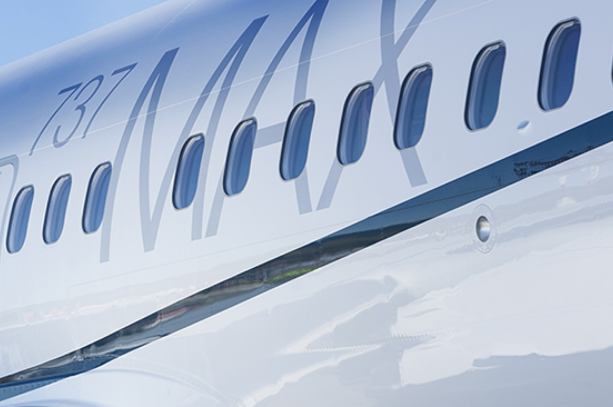EASA: Boeing 737 MAX Safe to Return to Service in Europe
The European Union Aviation Safety Agency (EASA) on Wednesday gave its seal of approval for the Boeing 737 MAX to return to service (in a modified version) in European skies after almost two years on the ground.
The Boeing 737 MAX was grounded worldwide in March 2019 following the second of two accidents within just six months, which together claimed 346 lives.
EASA mandated a package of software upgrades, electrical working rework, maintenance checks, operations manual updates and crew training which will allow the plane to fly safely.
“Following extensive analysis by EASA, we have determined that the 737 MAX can safely return to service,” EASA Executive Director Patrick Ky said.
He added that while EASA has every confidence that the aircraft is safe, the agency will continue to monitor 737 MAX operations closely as the aircraft resumes service.
Boeing has also committed to work to enhance the aircraft still further in the medium term, in order to reach an even higher level of safety
Resumption of flights in Europe
An airworthiness directive, which details the aircraft and operational suitability changes, including crew training requirements, must be carried out before each individual plane returns to service, gives the green light from the EASA side for a return to service of the aircraft.
However, according to EASA, scheduling of these mandated actions is a matter for the aircraft operators, under the oversight of Member States’ national aviation authorities, meaning that the actual return to service may take some time. Meanwhile, Covid-19 may also have an influence on the pace of return to commercial operations.
Conditions for Boeing 737 MAX to return to service
In the days after the grounding, EASA set four conditions for the return to service of the aircraft:
– The two accidents (JT610 and ET302) are deemed sufficiently understood.
– Design changes proposed by Boeing to address the issues highlighted by the accidents are EASA approved and their embodiment is mandated.
– An independent extended design review has been completed by EASA.
– Boeing 737 MAX flight crews have been adequately trained.
“These four conditions have now all been met, allowing us to go ahead with the return to service,” EASA’s executive director said.
According to Ky, the agency’s assessment was carried out in full independence of Boeing or the Federal Aviation Administration and without any economic or political pressure.
“We carried out our own flight tests and simulator sessions and did not rely on others to do this for us,” he said.
The root cause of the Boeing 737 MAX’s tragic accidents in March 2019 was traced to software known as the MCAS (Maneuvering Characteristics Augmentation System), intended to make the plane easier to handle. However, the MCAS, guided by only one Angle of Attack (AoA) sensor, kicked in repeatedly if that sensor malfunctioned, pushing the nose of the aircraft downward multiple times. In both accidents, pilots finally lost control of their plane, resulting in a crash with total loss of aircraft.






